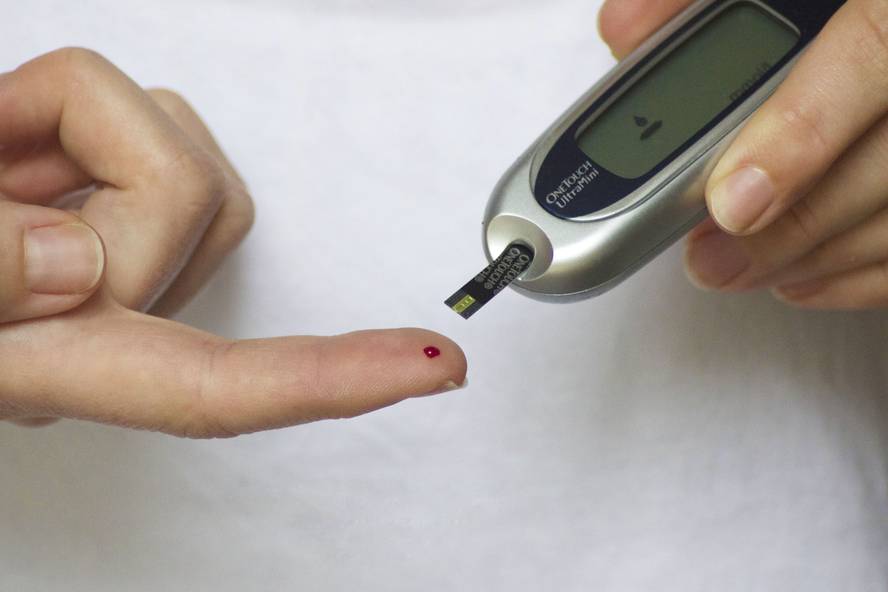Tests: which, to whom, for what?
Posted in Berria on 15 April 2020
In order to measure the pandemic, tests are essential to know how much they have been contaminated, who they are and where they are. Until now, the necessary test has not been possible, among other things because there were not enough material and personal means available. As a solution, a network of researchers from several CAPV research centers has adjusted a test that makes the developed protocol available to all. Ugo Mayor Martínez, biochemist and coordinator of the network, announced that in the CAPV they have the capacity to perform 10,000 daily tests, for a price of about 15 € each, with the same specificity and sensitivity as those carried out in Osakidetza (currently about 1,500).
This test developed in collaboration has already been validated by the Spanish Coordinating Center Carlos III, which will undoubtedly be of great help in the detection of infections. The test they have prepared in collaboration detects the virus genome (RNA). To do this, he uses a common technique in molecular biology: RT-PCR. As microbiologist Miren Basaras Ibarzabal explained, it has a great sensitivity: if it detects RNA from the virus in a sample taken from a person's nasopharyngeal tube, it can be said that it is infected. In addition, your viral load can be known.
In addition to this method, another type of test mentioned by Basaras is being used to identify the contaminated. They are called light or fast tests and take much less to give the result than the previous ones, which take between 4 and 6 hours and between 10 and 15 minutes in the light ones. These are the cases that have begun to be carried out to all the residents of the major centers of Navarra.
The light test is similar to the pregnancy test and consists of detecting a virus protein (packaging protein S). As in the previous case, the sample is taken through the nasopharyngeal tube. The test contains the antigen that is associated with protein S (as if it were a key and a lock) and if it detects the protein, it means that that person has suffered a virus. This does not necessarily mean that person is infected at that time and that he is at risk of transmitting the virus: he may have overcome the infection and destroy the viruses, but his parts still remain in the body. The light test detects it. The information it provides, therefore, is not as good as that obtained by the RT-PCR method, but it is very practical.
Finally, there are serological tests. There are several types, but all of them are based on the detection of a type of defense (antibodies) that the body generates before the infection. The person is taken a drop of blood and if there are antibodies it can be said that the person has been infected even if there is no symptomatic.
Although many aspects are still unknown, researchers believe that a person with antibodies has temporary immunity, as with other coronavirus: once the infection has passed, it cannot be re-infected for a while. However, they do not know how long immunity lasts and to what extent.
The Ministry of Health has announced the realization of 60,000 serological tests distributed throughout all regions in two shifts and with a period of 21 days. According to Adrian Hugo Aginagalde Llorente, expert in Preventive Medicine and Public Health, this is a significant number of tests, much higher than those carried out to date, whose data will be very useful to know the size of the pandemic, along with other information systems of Epidemiological Surveillance (hospitalized and Primary Care, for the incidence). But for this it takes time and, in addition, the "photo" that takes out will change over time.






